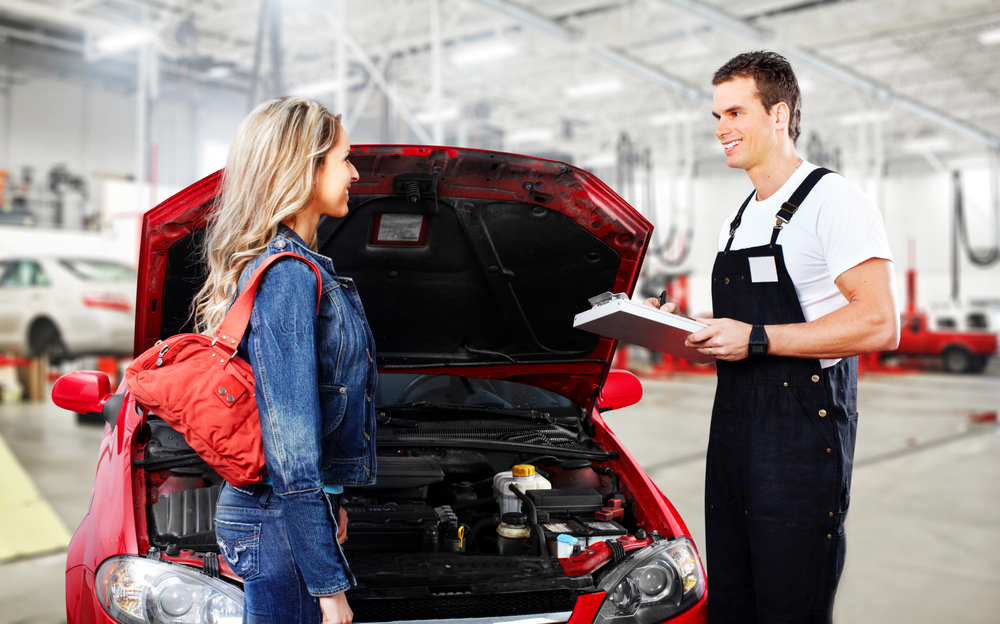When it comes to purchasing a car, the importance of a comprehensive inspection cannot be overstated. A Comprehensive Car Pre Purchase Inspection Report provides invaluable insights into the vehicle’s condition, safety, and reliability, helping buyers make informed decisions and avoid costly mistakes to get Comprehensive Car Pre Purchase Inspection Report.
I. Introduction to Car Inspections
A. Importance of Car Inspections
- Car inspections are crucial for assessing the overall condition and safety of a vehicle.
- They help buyers identify potential issues and avoid purchasing defective or unsafe cars.
- Car inspections provide peace of mind and financial protection for both buyers and sellers.
B. Key Components of a Comprehensive Car Inspection
- Safety considerations, including engine performance, structural integrity, and safety features.
- Evaluation of mechanical reliability, such as fluid levels, electrical systems, and component condition.
- Anticipation of potential future expenses, including maintenance needs and repair costs.
C. Overview of the Article
In this article, we will delve into the importance of car inspections and why they shouldn’t be ignored. We will explore safety considerations, mechanical reliability, potential future expenses, and the financial protection and peace of mind that come with a thorough car inspection.
II. Safety Considerations
A. Engine and Mechanical Components
- Assessment of Engine Performance: Checking for signs of engine wear, leaks, or malfunctions to ensure reliable performance.
- Examination of Suspension and Steering Systems: Inspecting for worn or damaged components that could affect handling and stability.
- Inspection of Braking System Components: Verifying the condition of brake pads, rotors, and calipers to ensure safe braking performance.
B. Structural Integrity and Body Condition
- Evaluation of Frame and Chassis: Checking for signs of structural damage or rust that could compromise vehicle safety.
- Examination of Body Panels and Paint: Inspecting for dents, scratches, or repaints that may indicate previous accidents or damage.
- Verification of Safety Features and Airbag Systems: Ensuring that airbags, seat belts, and other safety features are in working condition to protect occupants in the event of a collision.
III. Mechanical Reliability
A. Fluid Levels and Leak Detection
- Checking Engine Oil, Coolant, and Transmission Fluid: Ensuring proper fluid levels and identifying any leaks or contamination.
- Detection of Fluid Leaks and Seepage: Inspecting for leaks from gaskets, seals, or hoses that could lead to mechanical failure.
- Assessment of Power Steering and Brake Fluids: Verifying fluid levels and condition to maintain proper function of steering and braking systems.
B. Electrical Systems and Components
- Testing Battery Condition and Voltage: Checking battery health and voltage output to ensure reliable starting and electrical system operation.
- Inspection of Wiring and Electrical Connections: Examining wiring harnesses and connections for signs of damage or corrosion that could cause electrical issues.
- Verification of Lighting and Electronic Systems: Testing headlights, taillights, turn signals, and other electronic components for proper operation and compliance with safety regulations.
IV. Potential Future Expenses
A. Identification of Maintenance Needs
- Noting Wear and Tear on Components: Observing signs of wear on tires, brakes, and suspension components that may require replacement.
- Recognizing Signs of Potential Failure: Identifying worn or damaged parts that could lead to mechanical breakdowns or safety hazards.
- Predicting Long-Term Maintenance Costs: Anticipating future maintenance needs based on current vehicle condition and mileage.
B. Anticipation of Repair Costs
- Estimating Costs for Immediate Repairs: Assessing the cost of addressing any immediate issues or safety concerns identified during the inspection.
- Evaluating Probable Future Repair Needs: Anticipating potential repairs or replacements of wear-prone components based on their condition and age.
- Budgeting for Preventative Maintenance: Planning for regular maintenance services and preventive measures to prolong the vehicle’s lifespan and prevent costly repairs.
V. Financial Protection and Peace of Mind
A. Avoidance of Hidden Issues
- Uncovering Hidden Mechanical Problems: Identifying hidden issues or defects that may not be apparent to the untrained eye.
- Revealing Previous Damage or Accidents: Discovering evidence of previous accidents or damage that could affect the vehicle’s safety or resale value.
- Identifying Fraudulent Sellers: Protecting buyers from dishonest sellers who may try to conceal vehicle defects or misrepresent its condition.
B. Confidence in Purchase Decision
- Assurance of Vehicle Quality and Condition: Providing buyers with confidence that they are purchasing a safe, reliable vehicle that meets their needs.
- Peace of Mind for Buyer and Seller: Offering both parties peace of mind knowing that the transaction is transparent and based on accurate information.
- Facilitation of Transparent Transactions: Fostering trust and transparency in the buying and selling process, leading to smoother transactions and positive experiences for all parties involved.
In conclusion, car inspections play a critical role in ensuring vehicle safety, reliability, and financial protection for buyers and sellers alike. By conducting a thorough inspection before purchasing a car, individuals can make informed decisions and avoid potential pitfalls associated with hidden issues or undisclosed problems. Remember, investing in a comprehensive car inspection is a small price to pay for the peace of mind and confidence that comes with knowing you’ve made a sound investment in a safe and reliable vehicle.




